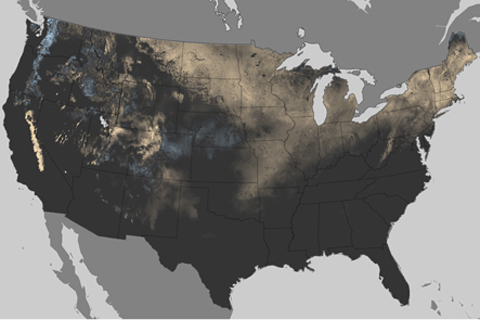
Last year on Groundhog’s Day, large swaths of the country were covered in two feet of snow or more after a large storm pounded the eastern United States. This year, Punxsutawney Phil emerged from his den on a balmy day after the third-least snowy January on record. A comparison of snowfall (or lack thereof) so far this season to last year's winter white-out shows what a difference a year makes.
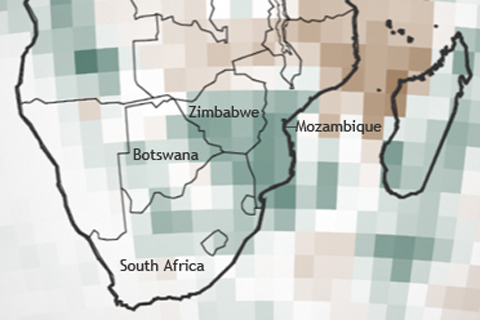
Amid months of persistent heavy rains, some areas in Zimbabwe received their heaviest rainfall in 30 years during January, causing flooding and damage to crops.
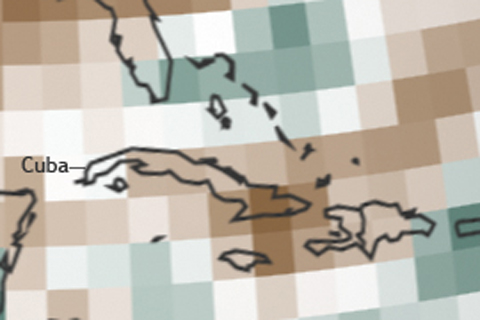
Cuba experienced extreme drought conditions in 2011, marking one of the driest years in the nation’s history and causing serious shortages in water supplies.
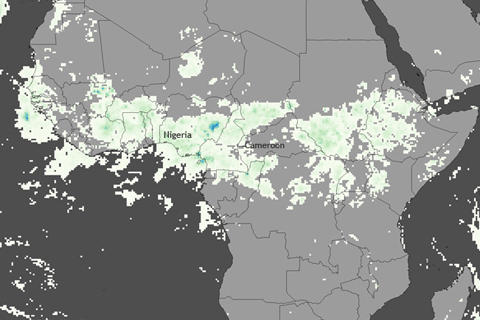
In August 2011, over seven inches of rain fell in a six-hour downpour in southwestern Nigeria. The torrential rains caused flooding and damage to infrastructure, buildings, and homes.
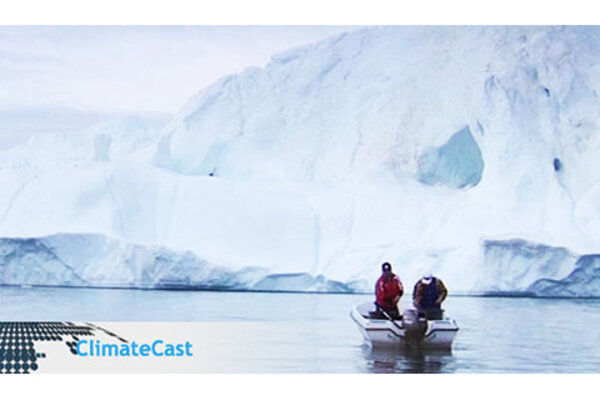
The Arctic Report Card: Highlights from 2011
January 20, 2012
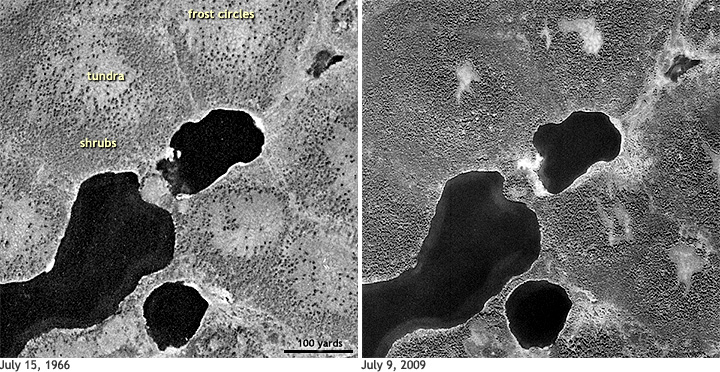
The Arctic of recent years—warmer, greener, less icy—is likely to be the new normal for the Far North. One sign of the ongoing transformation of the Arctic is the spread of shrubs across the tundra.
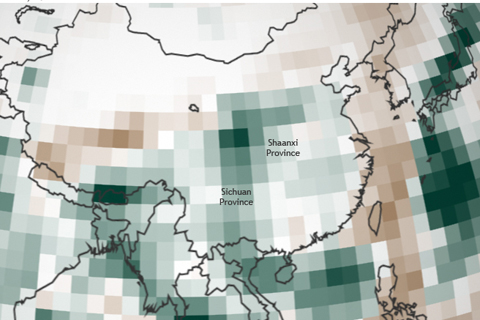
More than a week of torrential rain in mid-September 2011 caused deadly floods across Sichuan, Shannxi, and Henan provinces in China.

Phytoplankton productivity has increased 20 percent over the past decade as sea ice extent declines and more open water habitat is available.

Greenland Ice Sheet Surface Melting, 2000-2011
November 30, 2011
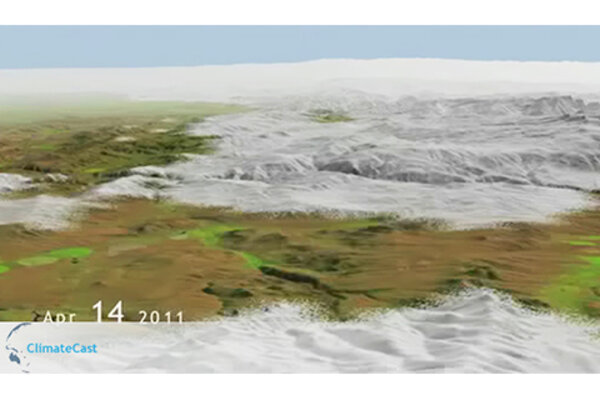
Missouri River Flooding 2011: Climate Sets the Stage
November 23, 2011